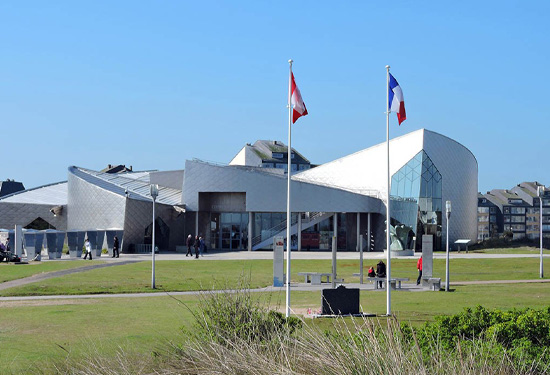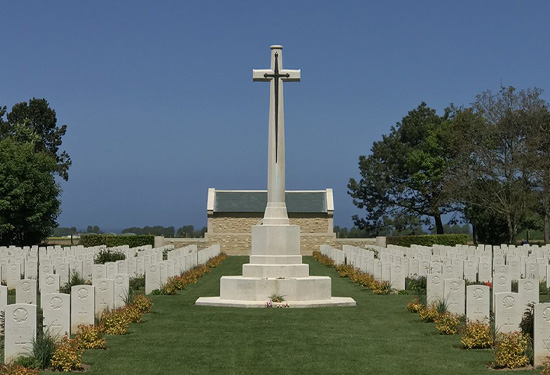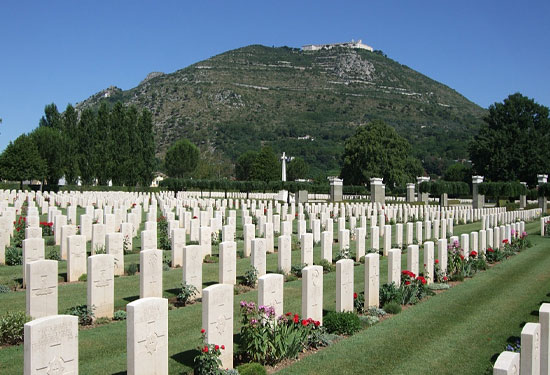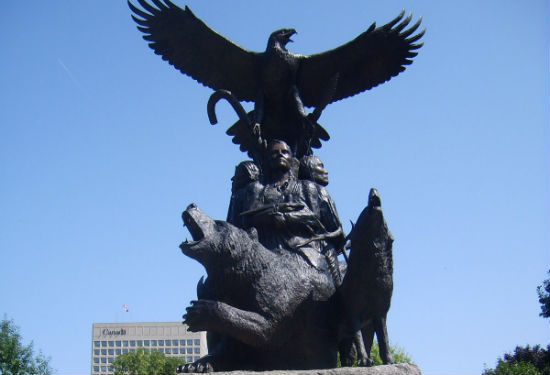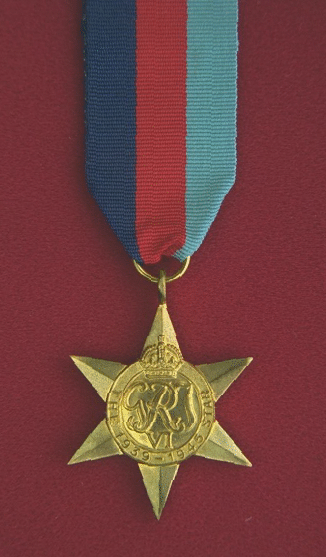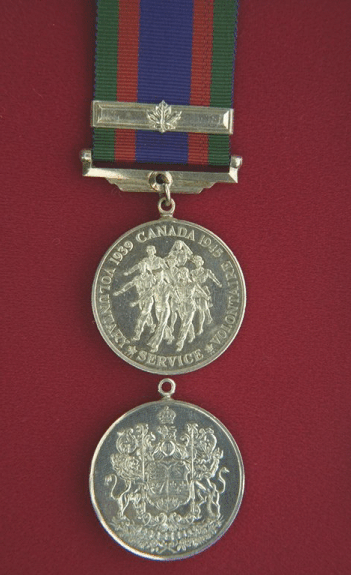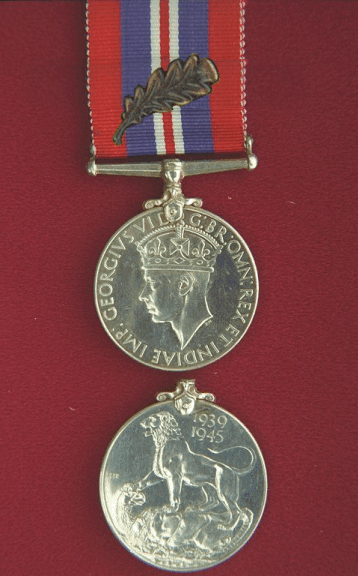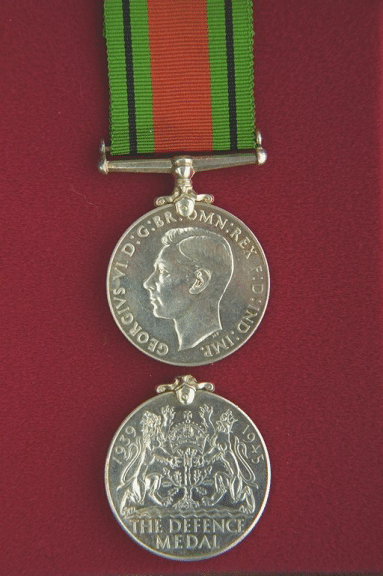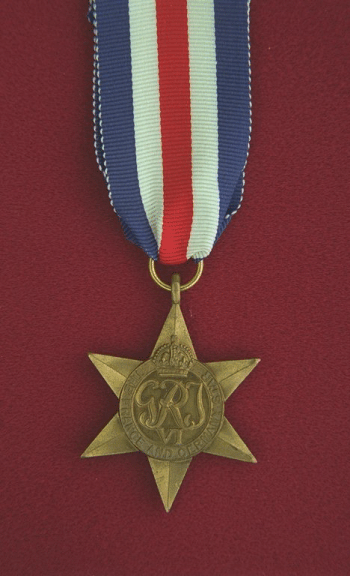
Objectives
Youth will be expected to:
- demonstrate a basic knowledge of the Battle of the Atlantic;
- demonstrate a basic knowledge of the contributions made by Canadians with the Royal Canadian Navy, the Royal Canadian Air Force and the Merchant Navy.
Materials
Historical Sheets:
- Canada Remembers the Battle of the Atlantic
- Canada Remembers the Murmansk Run
- Canada Remembers the Merchant Navy
'Exploring the Battle of the Atlantic' Reading Comprehension -- 3 Student Question Sheets:
- Battle of the Atlantic Student Question Sheet #1
- Battle of the Atlantic Student Question Sheet #2
- Battle of the Atlantic Student Question Sheet #3
'Exploring the Battle of the Atlantic' Reading Comprehension -- 3 Teacher Answer Sheets:
Sequence of activities
Duration: 60 minutes (This activity can be modified to fit available class time)
-
Introduction Class Discussion (5 minutes)
Take a few minutes to introduce the subject of the lesson. You can discuss the fact that the Battle of the Atlantic was the longest battle of the Second World War, starting days before Canada officially declared war in September 1939 and ending in May 1945 when Germany surrendered.
You may want to use a map and show your students how close the war was of our doorsteps when ships were sunk by German U-boats (submarines) in the Gulf of St. Lawrence. You may also point out that although the fighting mostly occurred in Europe for our forces in the Second World War, without the industrial effort put up in North America, and the thousands of merchant voyages to carry supplies in Europe, the Allies might not have won the war, but that came at a high price in human lives for the Royal Canadian Air Force, the Royal Canadian Navy and the Merchant Navy.
-
'Exploring the Battle of the Atlantic' Reading Comprehension Activity (45 minutes)
You may want to divide the class and assign each group one of the three historical sheets ('Canada Remembers the Battle of the Atlantic'), ('Canada Remembers the Murmansk Run') and ('Canada Remembers the Merchant Navy') and one of the three Student Question Sheets (Battle of the Atlantic Question Sheet), (Murmansk Run Question Sheet) and (Merchant Navy Question Sheet).
Let each group read the historical sheet individually or have them do a group reading.
Allow your students time to find the answers and fill in their question sheet. Again, you may want to let students work independently or with partners before reviewing the answers. Review the answers with the class using the Teacher Answer Sheets (Battle of the Atlantic Answer Sheet), (Murmansk Run Answer Sheet) and (Merchant Navy Answer Sheet).
-
Closing (10 minutes)
Take a few minutes to introduce the subject of the lesson. You can discuss the fact that the Battle of the Atlantic was the longest battle of the Second World War, starting days before Canada officially declared war in September 1939 and ending in May 1945 when Germany surrendered.
You may want to use a map and show your students how close the war was of our doorsteps when ships were sunk by German U-boats (submarines) in the Gulf of St. Lawrence. You may also point out that although the fighting mostly occurred in Europe for our forces in the Second World War, without the industrial effort put up in North America, and the thousands of merchant voyages to carry supplies in Europe, the Allies might not have won the war, but that came at a high price in human lives for the Royal Canadian Air Force, the Royal Canadian Navy and the Merchant Navy.
Related content
Related People and stories
People and stories main pageRelated battles and stages
Battles and stages main page- Date modified:
















